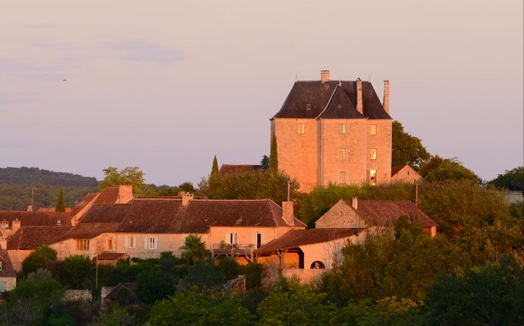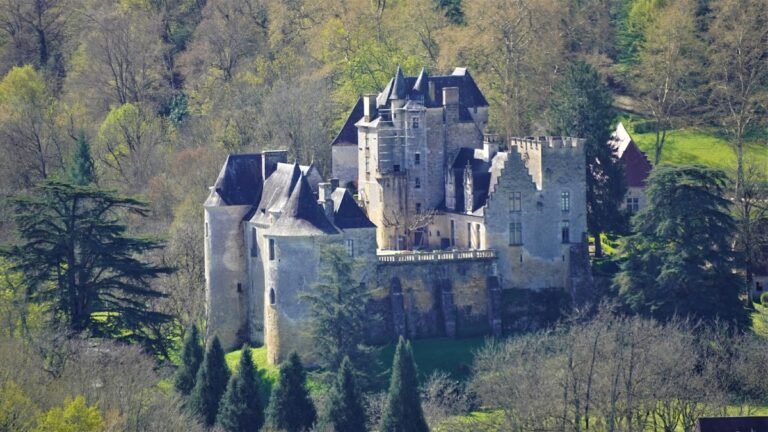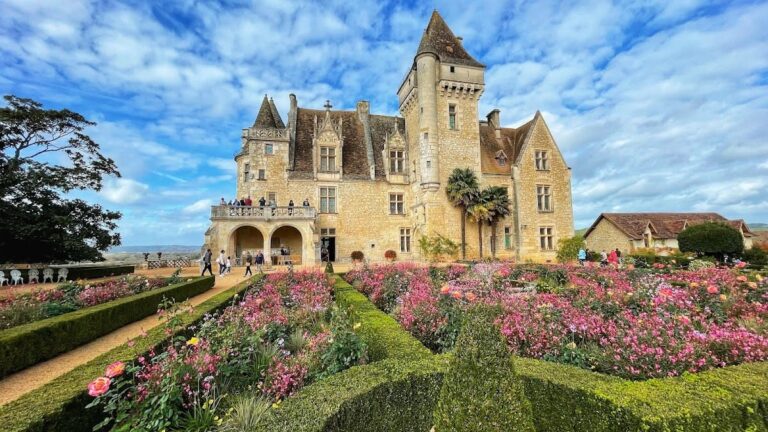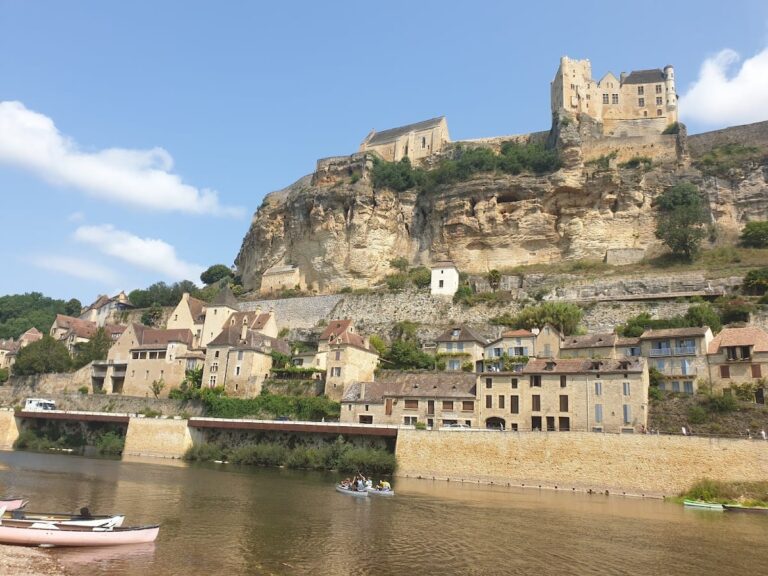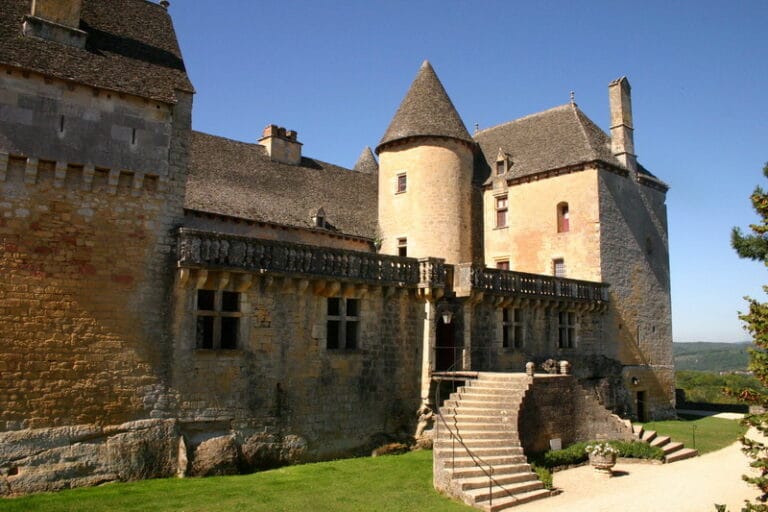Château du Peyruzel: A Medieval Castle in Daglan, France
Visitor Information
Google Rating: 4.4
Popularity: Very Low
Google Maps: View on Google Maps
Country: France
Civilization: Unclassified
Remains: Military
History
The Château du Peyruzel is situated in the commune of Daglan in modern-day France. Constructed by medieval builders, this castle reflects the region’s feudal past and evolving conflicts over several centuries.
The site’s origins are tied to the Domme family, a prominent lineage in the Périgord area whose influence dates back to at least the early 12th century. Bernard de Dome, mentioned in 1109, was connected by kinship to the lords of Gourdon, illustrating the family’s entrenched local power. By 1281, the seigneurie of Peyruzel was under Domme ownership. A notable figure from this family, Gilbert de Domme, served in the mid-14th century as captain of the royal castle of Domme and as the king’s sénéchal (a senior administrative official) for Périgord. His tenure saw political turbulence, including involvement in conspiracies and a period of excommunication, but he later regained royal favor through military efforts during the Hundred Years’ War.
Strategically, the castle overlooked key routes from Domme to Gramat and monitored traffic along the Céou river road. Its military significance made it a target during the conflicts of the Hundred Years’ War. In the 14th century, English mercenaries known as routiers seized the fortress, using it as a base for raids in the surrounding area.
Following the Domme family, the seigneurie passed through alliances and marriages to the Solminhac and La Roque de Saint-Pompon families. A pivotal moment came in 1464 when Jean II de Cugnac married Marguerite de La Roque, merging control over Peyruzel and neighboring estates. The castle reached its completed form in the 16th century.
During the French Wars of Religion, the castle was linked to Marc de Cugnac, a supporter of the Catholic League. Protestant forces led by Geoffroy de Vivans captured nearby Domme and Saint-Pompon, and in a military campaign, burned the Château du Peyruzel except for its keep, known as the donjon. Financial strain from these conflicts likely compelled Marc de Cugnac to sell the property in 1595 to François de Mirandol. Marc’s later involvement in a failed conspiracy in 1605 resulted in his exile and condemnation, though he was eventually pardoned. The Mirandol family maintained ownership of the castle until the upheaval of the French Revolution.
By the mid-18th century, the Château du Peyruzel held significant judicial authority over Daglan. Today, it is recognized as a historic monument, officially listed since 1948, preserving its longstanding legacy in the region.
Remains
The Château du Peyruzel is notable for its distinctive layout, with a plan shaped like a Greek cross—four arms of equal length intersecting at right angles. This design is uncommon among medieval castles and suggests successive building phases. One of the castle’s windows dates to the 13th century, indicating that portions of the structure predate the main construction completed in the 16th century.
The castle occupies an elevated position that once allowed its occupants to oversee the surrounding lands, including the nearby towns of Domme and Gramat, as well as the road following the Céou river. This vantage point was essential for monitoring movement and defending the territory.
Among its surviving features, the donjon stands out as the oldest and most resilient element. This fortified tower withstood the widespread damage inflicted during the Wars of Religion in the late 16th century, when the rest of the castle was set ablaze by Protestant forces. The donjon remains intact today, serving as a physical reminder of the castle’s turbulent history.
While specific details about construction materials or decorative components are not documented, the castle’s enduring structures reflect its role as both a defensive stronghold and a center of local authority over several centuries. Photographs exist of the site, but written records emphasize these key architectural features connected to its historical narrative.

